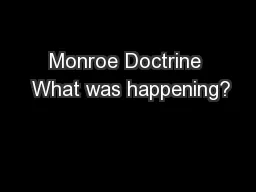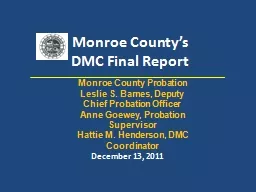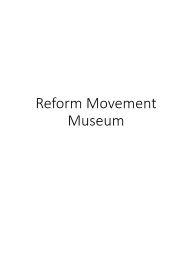PPT-Monroe Police Reform Initiative
Author : ximena | Published Date : 2024-02-02
January 27 2021 Darwin M Guzman Chief of Police Welcome to Monroe Pride in community since 1894 Our Mission The principle mission of the Monroe Police Department
Presentation Embed Code
Download Presentation
Download Presentation The PPT/PDF document "Monroe Police Reform Initiative" is the property of its rightful owner. Permission is granted to download and print the materials on this website for personal, non-commercial use only, and to display it on your personal computer provided you do not modify the materials and that you retain all copyright notices contained in the materials. By downloading content from our website, you accept the terms of this agreement.
Monroe Police Reform Initiative: Transcript
Download Rules Of Document
"Monroe Police Reform Initiative"The content belongs to its owner. You may download and print it for personal use, without modification, and keep all copyright notices. By downloading, you agree to these terms.
Related Documents

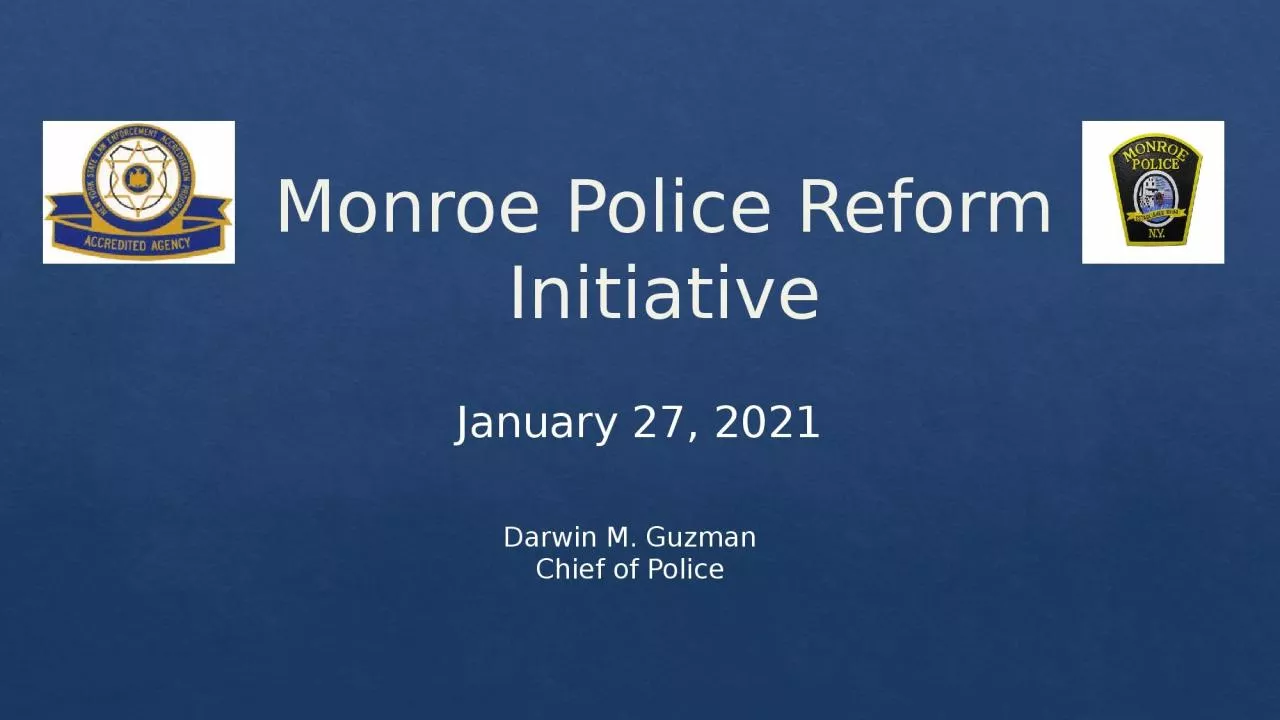
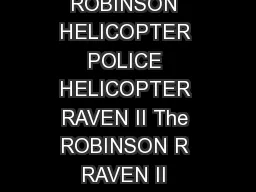


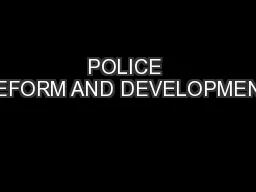
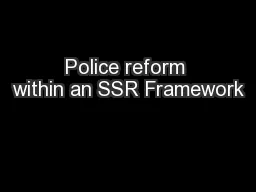


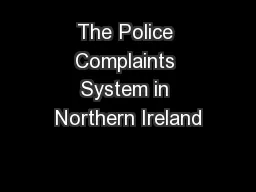
![POLICE PENSIONS Police Pension Scheme [PPS] 1987](https://thumbs.docslides.com/642608/police-pensions-police-pension-scheme-pps-1987.jpg)
